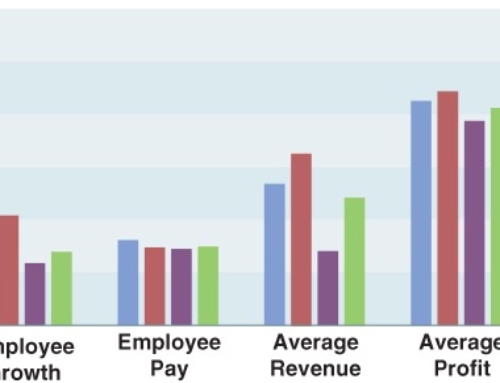You’re in your first days as a product manager. In no time, your calendar is full and you have a zillion emails. There’s so much to do. Where to begin?
Before the demands of others overwhelm you, you need to prepare yourself to be the business and market liaison to the product team. Your role as a product manager or product owner is to make the best business decisions for the product, working from the best available information.
Refresh your domain expertise
If you’ve been in your industry for years, you probably have strong domain expertise but you may not be up-to-date on the latest information.
- Review the corporate pitch. Perhaps the fastest way to get up to speed on your company and its role in the industry is to review the product and corporate slide decks. Whether your company is a bellwether in the industry or on the periphery, what’s been said in the past will help you understand how your company and its products are perceived, at least from the perspective of your new organization.
- Catch up on the latest blogs and articles. Take time to review the latest thinking in your industry. And even if you’ve been in the domain for years, it’s always helpful to take a new look from your new perspective as a product leader. Reports from industry analysts may reveal new industry trends, and perhaps show how your company and products are influencing them.
Fill out your technical expertise
You may have some familiarity with the product from your past research. Now it’s time to get into the raw details.
- Know your new product. What documentation exists for your product? You can probably find some customer documentation and help screens, release notes, product plans, sales and conference presentations, white papers and ebooks, and sales enablement tools. Review them all. Learn the key capabilities, particularly those that are competitive differentiators.
- Review the product roadmap. And where is the product headed? Has anyone developed a roadmap for the next few releases? How does what you’re seeing align with what you know about the domain and industry?
- Understand the architectural themes and challenges. Talk to the developers about the technical challenges for the product. What percentage of development effort is spent on architecture and defects versus new functionality? And while you’re at it, interview the developers about their perspective on your role in moving the product forward.
Update your market expertise
You likely have some market expertise but it never hurts to give yourself a refresh.
- Sit in on some customer support calls. Want to know what’s going on with your product in the field? Ask customer support. They know about technical problems with the product as well as customer implementation problems. Sit in on some support calls and listen to customers directly.
- Go on some sales calls. It’s fascinating to examine the contrast between the product as perceived by the product team and by the people in the field. When you’re on a customer visit with your sales team, you’ll hear how the product is being sold—right or wrong. You’ll also hear unfiltered customers’ problems in their own voices. Listen to the language they use; listen to the problems they’re trying to solve. You’ll get plenty of ideas for how to improve the selling and promotion of your products. And you’ll get to know some sales people in a more social setting; they’ll be your contacts in the future when you need advice on sales enablement and product improvements.
- Do some installation/implementation visits. For enterprise products, implementation is where all your sales and marketing promises meet the real world. Watch (or help) the implementation teams install the product; sit in on any customer training; examine closely the areas where the product must be configured or customized to work in the customer environment. You’ll definitely get some great ideas on improving the product.
Eventually, you’ll want to start visiting customers without a selling or support objective but get these initial customer touchpoints under your belt first.
Leverage your process expertise
Now that you have a strong understanding of the technology, industry, and domain, take a look at your internal product processes. What methods are used in your organization? Where are the company templates stored? And which of your favorite processes apply to your new situation?
- Evaluate existing processes and systems. If you’re stepping into an existing job, you’ll likely find a set of methods that are already in place, formally or not. If you’re part of a new product management team, you’ll want to be a driver in defining your product processes.
- What artifacts are necessary? What minimal set ensures success? Is your organization clear on what constitutes a requirement and what’s actually a specification? Which positioning technique is used, if any?
- Start your own product playbook. Take all your methods and the company’s methods and put together a set of living documents. You’ll want your product plan and financials, buyer and user profiles, positioning, requirements, maybe a price list or pricing model, and any other documents that you reference often. Print them or store them in your dropbox so you’ll have them handy. For more on the product playbook idea, see our blog post, “How to Make a Product Playbook.”
What should product managers do in their first days?
Look for high-impact deliverables that don’t require much up-front effort. Train the sales engineers and product implementation team. Develop informal product champions. Refresh or refine your product positioning, taglines, and blurbs so you can do “copy-and-paste marketing.” Then focus on the methods to make sure you have a minimal set of effective processes that ensure product success.






